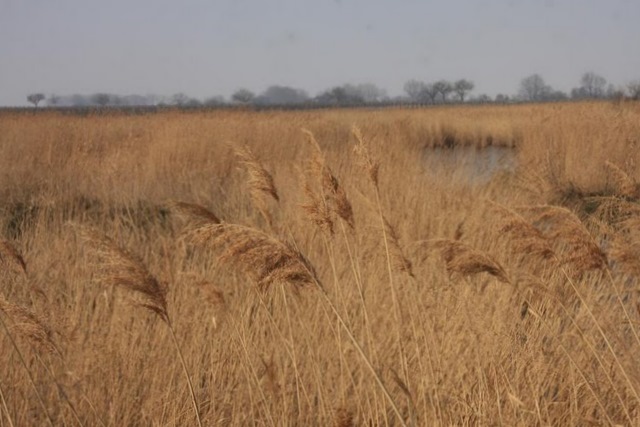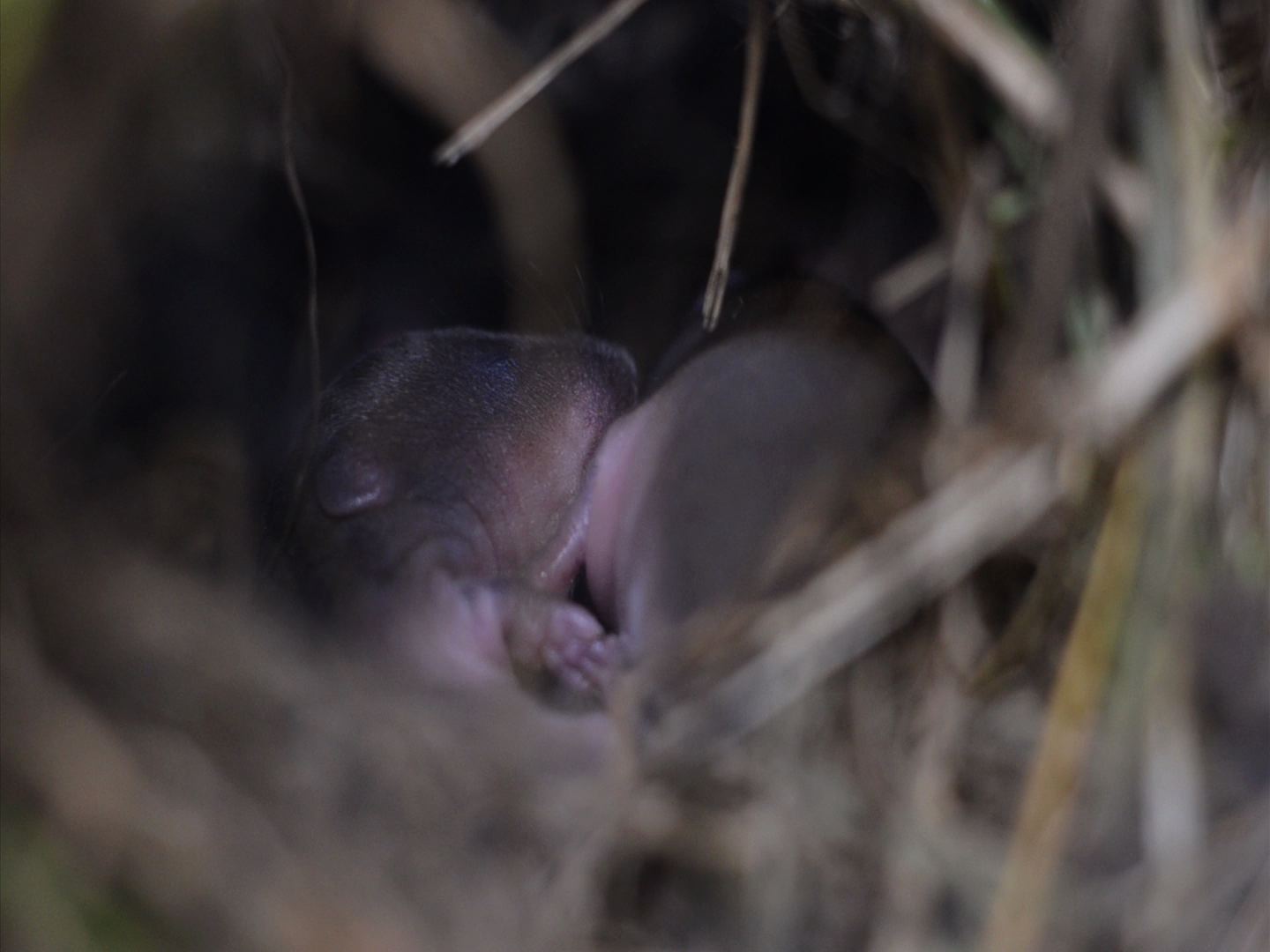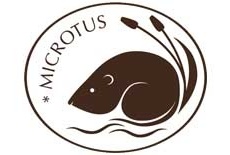Root vole biology
The main part of the Root vole food consists of bent-grass (Carex), reed (Phragmites), bulrush (Typha) and grass (eg. Molinia) . The mating season lasts from May to September, the number of litter is 1-3 per year and the number of youngsters is between 5 and 11. The spatial activity of the Root vole is not great, it is restricted by the habitat characteristics and its size.
Females have their first litter in the spring still on their winter habitats. Through late spring search voles wetter summer habitats and in late summer they find dryer habitat for wintering. These seasonal migrations might be influenced by local habitat conditions. The connection of populations by biocorridors is one of important factors to avoid the populations isolation.


Reed as a habitat and food for the root vole Young voles in nest
Population in Hungary
The current status of hungarian populations is poorly known. At some localities it is present as a dominant species of the small mammal communities, whereas it occurs in low number and only sporadically on others. Its local density can reach 500 ind./ha in favorable seasons.
Population in Slovakia
There is only one ecological study from the middle of the 20th century in Slovakia. Other known studies were aimed mainly on the habitat description and species distribution. Populations are fragmented and their densities are regarded low at general. One of the preparatory activities is therefore aimed to elaborate a study of present occurence of the root vole, its ecology and genetic variability. You can find more information about the state of the activities here.
















